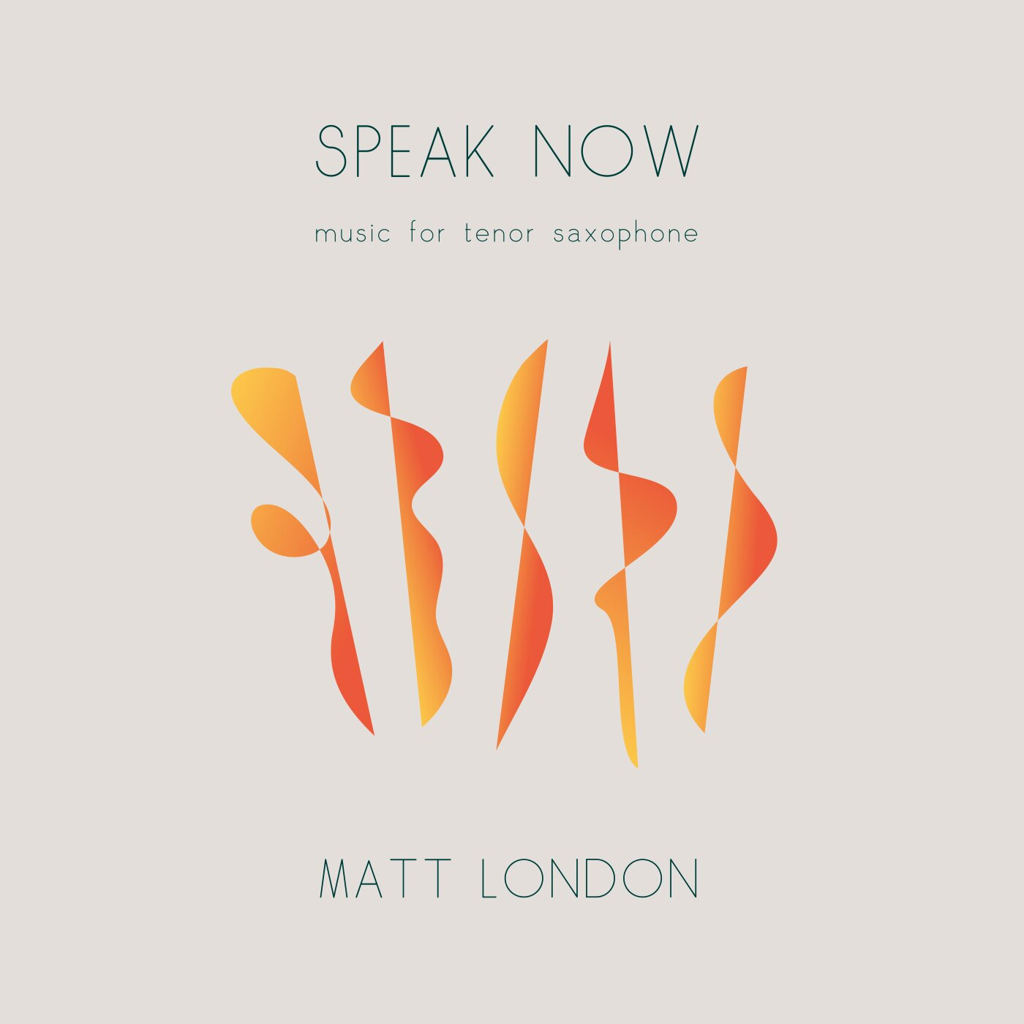Saxophone soloist [sopranino and tenor] with clarinet, trumpet, trombone, percussion, bass, and piano.
Hot itself evolves through repetition and transmutation. The composer described the piece as a sort of "imaginary jazz," and he begins with his rhythm section - piano, bass, and percussion - laying down a sort of oddly constricted, composite walking bass line, very soft but goosed with carefully placed accents. Then he brings in the brass (muted trumpet and trombone) playing a background phrase mostly in seconds, the ultimate close harmony - a smudged unison, really. When the solo sax enters, it too has a shadow, the clarinet acting as both echo and goad. Donatoni gradually raises the dynamic and complexity levels, moving the lead lines around like the trade-off in a jazz group. The piece grows through organic variation, but Donatoni also suggests - or lampoons expectations - of more conventional shapes with percussion markers. With the shift from marimbas to bongos he begins a fading transition that leads to a recapitulation of the whole process, and roto-toms drive a coda that ends with a mini-cadenza.
Hot was commissioned by the Association des Saxophonistes de France and dedicated to saxophonist Daniel Kientzy, who was the soloist for the premiere performance, at the Metz Festival in November 1989.
Donatoni Edition Volume 7: Dieci anni dopo (Stradivarius 2010)



 Astute Music
Astute Music